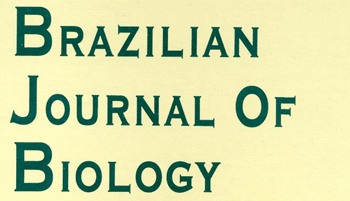Abstract
There is a paucity of research conducted on microbial prevalence in pheasants. The microbiota of captive birds has zoonotic significance and must be characterize. Present study is therefore planned to assess the microbiota from oral, fecal and gut content of captive avian species. It will be helpful in characterization of harmful microbes. Different samples taken from oral, gut and feces of ring-necked pheasants (Phasianus colchicus), green pheasants (Phasianus versicolor), golden pheasant (Chrysolophus pictus) and silver pheasant (Lophura nycthemera). Samples were collected, diluted, and inoculated onto different agar plates (MacConkey, SS agar, MSA and nutrient agar) for cultivation of bacterial species. Colonies of E.coli, Staphylococcus spp. Brachyspira spp. and Campylobacter spp were observed based on colony morphology. Colony forming unit showed E. coli as frequently found bacteria in fecal, oral and gut contents of all the above pheasants. The overall significance difference was found among bacterial species of golden pheasants, green pheasant, ring-necked pheasant, and silver pheasants. It was concluded that E.coli is predominant isolated from heathy pheasants followed by Campylobacter, Staphylococcus and Brachyspira.
Keywords:
pheasants; biochemical characterization; fecal microbiota; prevalence; CFU method; diversity; microbiota
